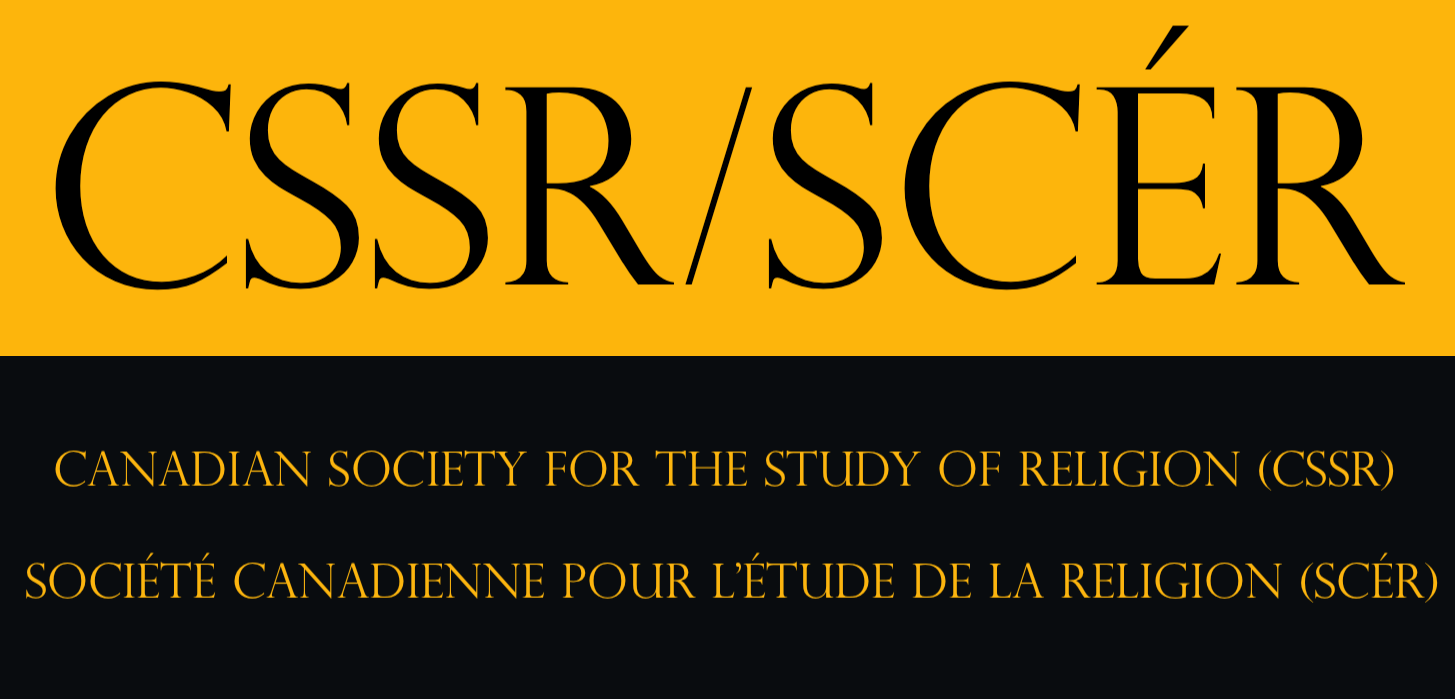“The Things We Study When We Study Religion” — Call for Proposals and Respondents, NAASR 2017, Boston
“The Things We Study When We Study Religion” — Call for Proposals and Respondents, NAASR 2017, Boston
Following NAASR’s annual programs in 2015, devoted to theory, and 2016, on method, the program for 2017 will focus on the things that we, as scholars of religion, study. What, for instance, counts as data? How is it imagined, handled, or constructed? Who decides what is a valid or invalid research topic—and which approach suits it?
There exist longstanding and still active debates in the field regarding whether the items that we study pre-exist our approaches or whether our approaches actually create the conditions in which the former come into existence. It should come as no surprise, then, that the inter-relationship between theory, method, and data is complex and hardly settled. In fact, for some the term “data” itself is to be avoided because it is thought to remove us from the human subjects whom we study. Such subjects, it is assumed, embody intentional centers of meaning-making and therefore they require methods of study that differ, both qualitatively and quantitatively, from those employed by scholars in other fields. Yet for others, people’s self-understanding as agents does not lessen the importance of the non-agential structures in which they live (from genetics to class). Such recognition requires scholars to study people’s claims and behavior in a way that is far less impacted by intentionality than some may assume. We could also add to this mix those who examine the conditions and shape of the field itself, thereby finding scholars themselves as the item of interest. It is clear, then, that to identify as a scholar of religion does not necessarily mean that we all study the same thing, let alone in the same manner. For the distance between those who now study what is called embodied or lived religion, on the one hand, and, on the other, the processes examined by cognitive scientists is great indeed. A pressing question, however, is whether this breadth strengthens or undermines the field.
Following the model used for the past two annual meetings, three main, substantive papers will be invited and distributed both to respondents and NAASR members approximately one month prior to the meeting. These main papers will only be summarized at the session. Each paper will then have four respondents, who will have ten minutes each to reply to the main paper. This will be followed by an open discussion of roughly one hour. As per the past two years, the aim once again is to see this this session published as a book (with responses from the main paper presenters).
This is therefore a call for respondents.
The three main papers will be invited, each to examine the implications of framing our research as focusing on one of the following: on objects, on subjects, and on scholars themselves. The main presenters will be asked to advocate/critique scholarship carried out in that vein and explore its implications for the field. Submissions for possible respondents (12 in total are needed) must each (i) identify the key term (one of the three immediately above) on which they wish to focus in their reply along with providing (ii) a brief (max. 500 words) statement on the most pressing issue(s) in need of consideration when framing the items one studies as objects, subjects, or scholars. NAASR especially invites submissions from early career scholars who have an interest in the topics explored in our sessions.
Please send your proposal as a file attachment by March 1, 2017, to NAASR VP Aaron Hughes at aaron.hughes@rochester.edu
#naasr2017 • Nov. 17-18 • Boston, MA

